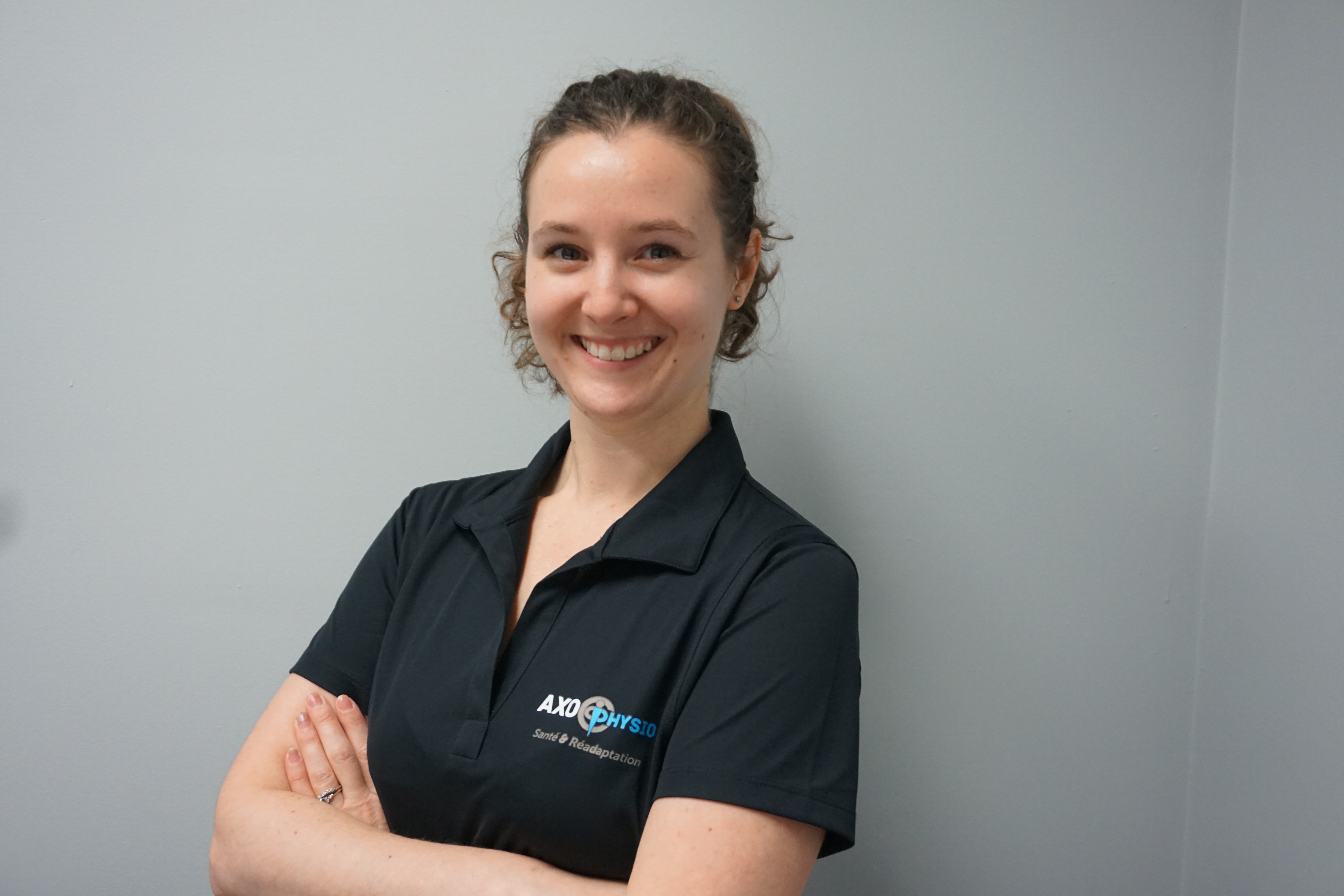Covid-19 : 5 Tips for an Ergonomics Remote Workspace

At this time, many of us are required to change our habits and work from home, in an arrangement commonly known as teleworking. Everyone adjusts as best they can to their new work environment. Some have a home office with an adjustable chair, while others settle in their kitchen or their living room. Whatever the setting, some basic principles should be applied to optimize their comfort and prevent the occurrence of musculoskeletal disorders. In this article, you will learn more about the key guidelines to follow on how to get an ergonomics remote workspace.
5 BASIC RULES FOR AN ERGONOMICS WORKSPACE
It is recommended to stand up often, ideally every hour, and change position. Looking at a point about 6 metres away for 20 seconds is a good way to rest your eyes. Generally, you should keep within your reach the tools you use most often and unclutter your work surface. The recommended posture is shoulders relaxed, forearms resting, head straight, hands aligned with forearms and fingers at elbow height.
1. WORKING WITH A LAPTOP
Working with a laptop requires trade-offs as the screen and the keyboard are attached. In order to work in an ergonomics workspace, the screen should be at a right angle with the window to avoid reflections or glare. When this is not possible, it is recommended to close the curtains if the outdoor light is disturbing. You should also adjust the screen’s brightness and contrast to your liking. With respect to the use of the touchpad, it is possible to increase the pointer speed in order to limit the wrist’s range of motion and deviations. Another suggestion is to utilize keyboard shortcuts to get a break from the touchpad and thus increase your efficiency (see Windows device settings to find the shortcuts). For optimal comfort, you can add a portable keyboard without touchpad and a wireless mouse (to be able to place the screen at the right distance and height for you).
2. DESK WITH AN ADJUSTABLE CHAIR
To promote an ergonomics workspace, chair settings are key to your comfort. If your feet are not resting on the floor or if you feel uncomfortable pressure beneath your thighs, using a footrest is recommended. You can make your own using such things as a briefcase or a toolbox. Your back must be fully resting on the back of the chair. The lumbar hollow must be firmly supported by the lumbar support of the chair back. Your forearms should rest on the armrests, with your shoulders relaxed. Your arms must remain close to your body and the armrests should not hinder your work. If your chair has no armrests, it would be advisable to push the laptop forward on the desk to be able to rest your forearms on the desk. Supporting the forearms enables you to relax your fingers and wrists, thus avoiding excess pressure.
3. ADJUSTING THE SCREEN
Screen adjustment is the key to an ergonomics workspace. To raise the screen, it is possible to place an empty binder under the laptop and tilt the screen backwards. However, if room lighting reflections are disturbing, you can reduce the screen’s tilt. If necessary, place the laptop on a support and don’t hesitate to use a book or a similar object as a makeshift support. If you have an additional screen at home, you can plug it into the laptop to work with a wider screen or with two screens. Place the wider screen at a comfortable reading distance (you must be able to read the file characters without stretching your neck). Remember to hold your head as straight as possible. Adjust the screen height to be able to read what is displayed at the top of the screen without raising your chin. It is advisable to tilt the screen slightly backwards.
4. WORKING FROM THE KITCHEN TABLE
Ideally, you should select an armless chair that you can slide under the table so that your forearms will rest on the table. It is recommended to push the laptop forward to give you sufficient space. If needed, it is advisable to sit on a cushion to raise yourself and relax your shoulders. It is also possible to put a cushion behind your back if the seat is too deep. If necessary, you can improvise a makeshift footrest.
5. SITTING ON THE SOFA
Telework ergonomics workspace considerations are different when working on the living room sofa. To keep your back straight and your feet on the floor, it is advisable to slide a pillow behind your back or under the buttocks. It is always important to keep your shoulders relaxed, head straight, hands aligned with forearms and fingers at elbow height. It is advisable not to place the laptop directly on your thighs, but rather on a hard surface (e.g.: reading cushion, cutting board).
ARE YOU EXPERIENCING PAIN?
Are you experiencing pain after a few weeks working from home? Do not hesitate to consult an occupational therapist to improve your workstation and prevent the situation from getting worse. Some occupational therapists even provide online services! Your group insurance plan may reimburse occupational therapist expenses. To find out, you can look at your plan summary on your Members Portal, read your insurance brochure or contact our Customer Service.
Please note that most of the recommendations featured in this article are taken from the ADAPTE application of the Provincial Administration Sector of the Association Paritaire pour la Santé et la Sécurité du Travail.






